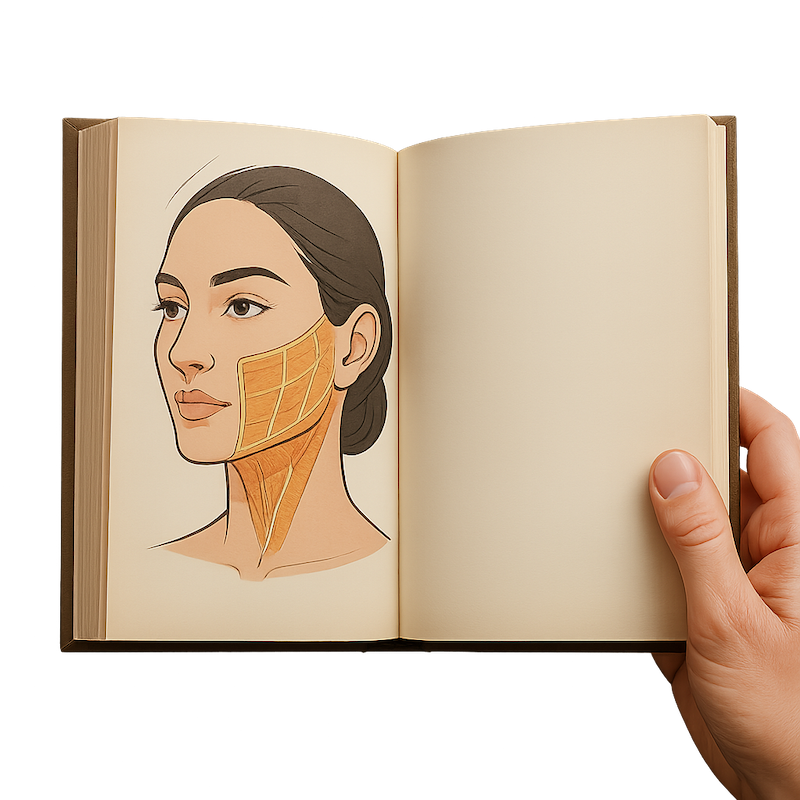
Three Procedures That Can Complicate a Facelift Surgery
Think of a deep plane facelift as opening the pages of a book.
Some fillers, however, are like chewing gum stuck between those pages — and once it’s there, opening them will never be as easy again.
Certain non-surgical facial procedures can make future facial surgeries more difficult.
Therefore, individuals who are considering facial surgery should either avoid these procedures altogether or have them performed only by very experienced hands.
1. Biostimulant Fillers (Radiesse, Sculptra)
These fillers cause fibrosis, meaning scar-like adhesions, in the areas where they are injected.
When this fibrosis develops between the skin and the SMAS layer, it’s like having chewing gum between the pages of a book.
Releasing these adhesions during surgery is extremely difficult and requires great precision.
If performed by inexperienced hands, there is a serious risk of damaging the skin, SMAS, and the deeper anatomical structures.
2. Energy-Based Devices (Ulthera, Thermage, etc.)
These devices work by heating the tissues under the skin using radiofrequency or ultrasound energy.
However, during this process, they can create burn-like adhesions between the skin and the SMAS.
As a result, surgical dissection in these areas becomes much more difficult and time-consuming.
3. Absorbable or Permanent Threads (Thread Lift)
There are two different scenarios in this category:
- Absorbable threads can cause small adhesions between the skin and SMAS as they dissolve.
- Permanent threads, on the other hand, create irregularities and resistance within the tissues, and during surgery, these threads must often be cut and removed piece by piece.
In both cases, restoring the face’s natural anatomical planes requires extra time, care, and surgical expertise.